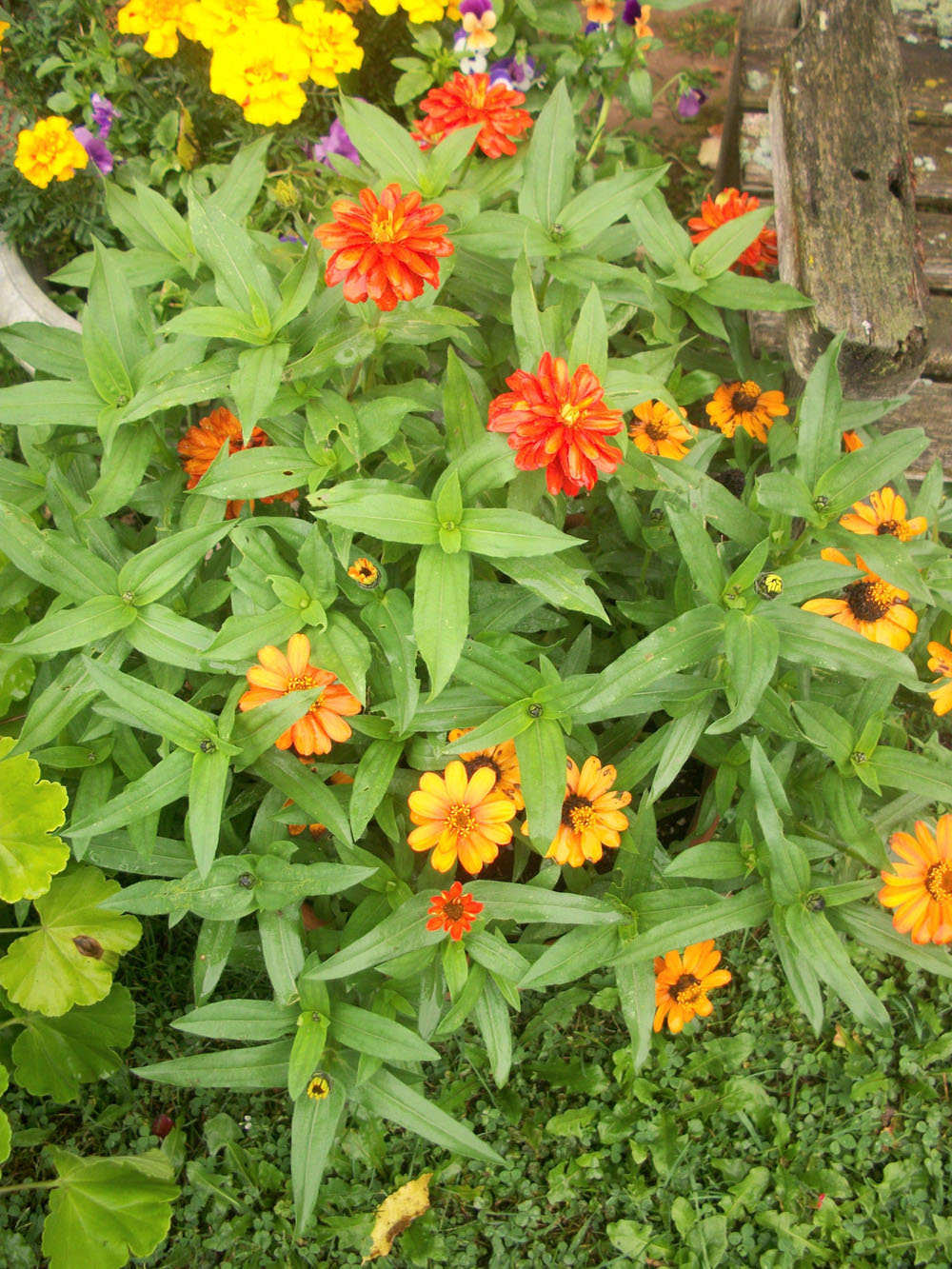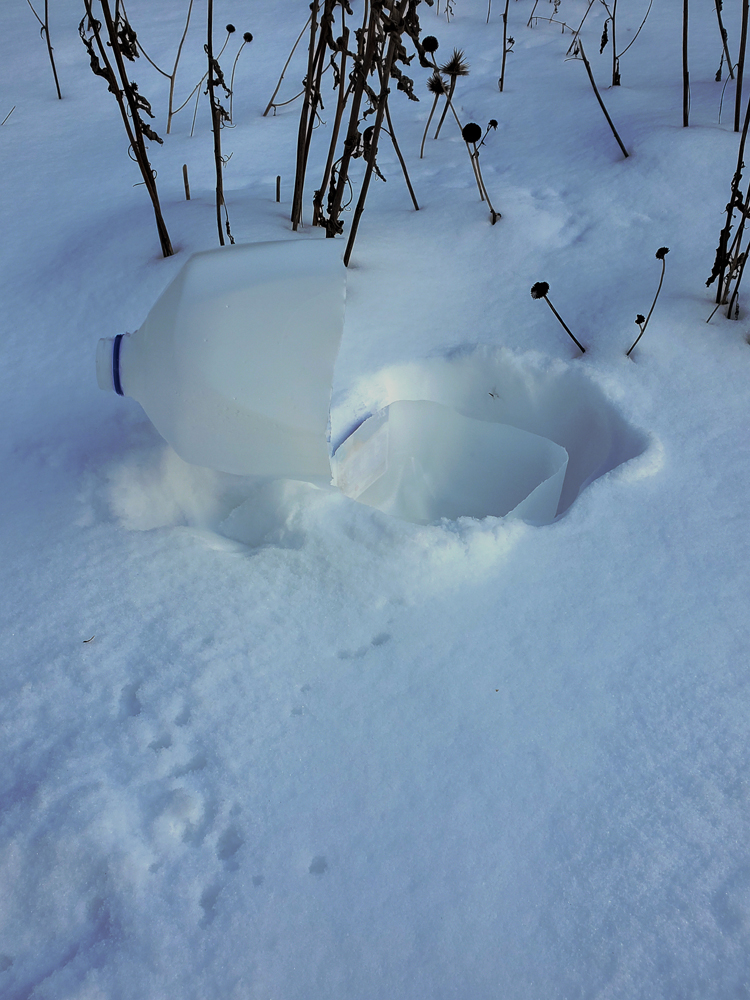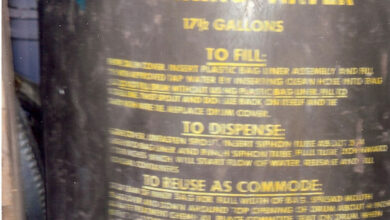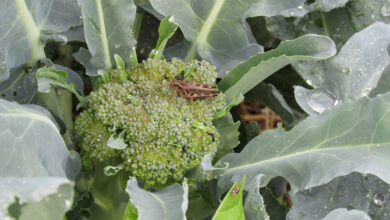What is nitrogen and why is it important?
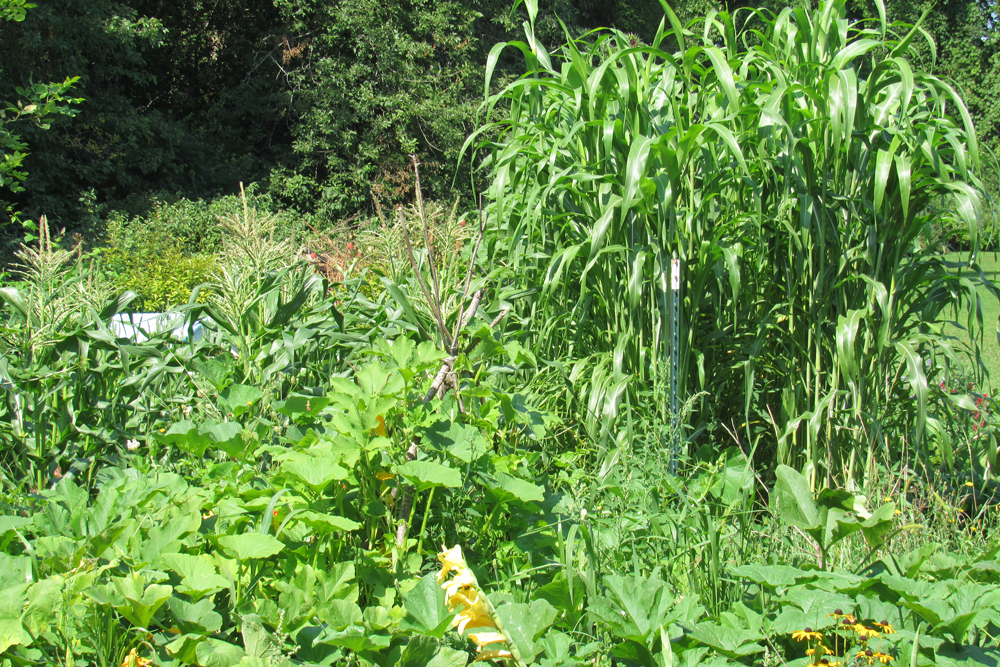
As gardeners, you’ve probably heard about plant macronutrients like phosphorus, potassium, and nitrogen. But how much do you really know about the importance of nitrogen, in particular, for growing healthy vegetables and other garden plants?
Nitrogen has a major effect on the growth and yield of crop plants. It gives a dark green color to plants and increases the growth of leaves as well as stimulates early growth. Your plants will show you if they have too much or too little nitrogen. Signs of excess nitrogen in plants can be abnormal dark green colors, succulent, spindly growth, retarded maturity, and bud and fruit drop. Nitrogen deficiency happens mostly in very light soils that are easily leached. Nitrogen deficiency causes stunted growth and light green to yellow leaves – starting with the lower leaves first.
According to Cornell University, after carbon, oxygen, and hydrogen, nitrogen is required by plants in the greatest amount. Plant proteins contain 16 percent nitrogen. Nitrogen is found only in the organic fraction of the soil and is easily leached when in nitrate form.
Nitrogen is needed by plants most about three to four weeks after seedlings have emerged or after transplanting. In addition to being lost through leaching, nitrogen can be lost through runoff, erosion, and even escaping from the soil surface directly into the atmosphere by volatilization.
In your soil, nitrogen exists in both organic and inorganic forms. Because of the nitrogen cycle, the nitrogen in your soil is continually transformed between organic and inorganic forms through biological and chemical reactions. Inorganic nitrogen compounds include ammonium, which can absorb into clay and organic matter and prevent large amounts from moving with water. It is plant available. Nitrite compounds are mobile with water but not found in large amounts. Nitrate compounds are typically present in large amounts and very mobile in water. This is the form most preferred by plants. Organic nitrogen compounds include proteins and amino acids which are found in manure, organic wastes, nucleic acids, and living and dead plants and animals. Organic compounds are not mobile and are not available to plants.
The air we breathe is 78 percent nitrogen, but the gaseous form is useless to plants. This is where nitrogen-fixing plants such as legumes come in. Free-living bacteria (Rhizobium) living in modules on the roots of legumes convert atmospheric nitrogen into plant available forms. There are only 100 to 200 different species of free-living nitrogen fixers in the world, but all nitrogen contained within proteins and genes of plants and animals, including humans, at one time or another has been funneled through these nitrogen-fixing microbes, Cornell says.
Nitrogen deficiency can be caused in your garden plants by immobilization or the robbing of soil nitrogen when highly carbonaceous materials like straw, woodchips, and sawdust are incorporated into the soil. Microbes in the soil tie up the nitrogen, utilizing it to digest organic material and this might create a nitrogen deficiency in your plants. Keep this in mind when incorporating these materials into your soil, as they do work well for mulching and for improving soil structure. Composting materials first can help make nutrients more readily available to plants. Additionally, green wastes such as grass clippings are higher in nitrogen than dry materials. Nitrogen immobilized by microbes will remain so until they die and decompose.
Additional sources of nitrogen include carryover from past manure and biosolids, nitrogen released from soil organic matter, nitrates in rainwater and snow, plowed down weeds and cover crops (see below).
Mineralization is the conversion of organic nitrogen from plant and animal remains to inorganic ammonium. This is used by plants or transformed to nitrates. Nitrification is the conversion by soil microbes of ammonium to nitrites and then to nitrates. This process speeds up in warm, moist, and well-aerated soil.
If your soil is poorly drained, those nitrates that plants need can be converted by bacteria to nitrogen gas which will escape into the atmosphere via denitrification. Ammonia gas can also be lost to the atmosphere when manure is dropped on the garden and not incorporated.
When you think about nitrogen and your garden, consider your goal to be increasing the uptake of nitrogen by your plants and minimizing its losses to the environment. In addition to the nitrogen sources mentioned above, cover crops planted late in the season can also help create a nutrient saving account for your plants by taking up residual nitrogen at the end of the season. In the spring when they are tilled into the soil, the nutrients will become available through mineralization.



